Environmental Engineering Reference
In-Depth Information
Courchamp F., Clutton-Brock T., and Grenfell B. (1999c). Inverse density dependence and the
Allee effect.
Trends in Ecology and Evolution
14
:405-410.
Courchamp F., Langlais M., and Sugihara G. (2000). Rabbits killing birds: modelling the
hyperpredation process.
Journal of Animal Ecology
69
:154-164.
Courchamp F., Chapui J.-L., and Pascal M. (2003a). Mammal invaders on islands: impact,
control and control impact.
Biological Reviews
78
:347-383.
Courchamp F., Woodroffe R., and Roemer G.W. (2003b). Removing protected populations to
save endangered species.
Science
302
:1532.
Courtenay W.R. and Robins C.R. (1973). Exotic aquatic organisms in Florida with emphasis on
fi shes: a review and recommendations.
Transactions American Fisheries Societ,
102
: 1-12.
Courtenay W.R. and Stauffer J.R. (1990). The introduced fi sh problem and the aquarium fi sh
industry.
Journal of the World Aquaculture Society
21
:145-159.
Cousens R. (1985). A simple model relating yield loss to weed density.
Annals of Applied Biology,
107
:239-252.
Cousens R. and Mortimer M. (1995). Dynamics of weed populations. Cambridge University
Press, Cambridge.
Coutts A.D.M. and Forrest B.M. (2005).
Evaluation of eradication tools for the clubbed tunicate
Styela clava. Report No. 1110, Cawthron Institute, Nelson, New Zealand.
Coutts A.D.M. and Forrest B.M. (2007). Development and application of tools for incur-
sion response: lessons learned from the management of a potential marine pest.
Journal of
Experimental Marine Biology and Ecology
342
:154-162.
Coutts A.D.M. and Taylor M.D. (2004). A preliminary investigation of biosecurity risks
associated with biofouling on merchant vessels in New Zealand.
New Zealand Journal of
Marine and Freshwater Research
38
:215-229.
Coutts A.D.M. (2002).
A biosecurity investigation of a barge in the Marlborough Sounds.
Report
No. 744. Cawthron Institute, Nelson, New Zealand.
Coutts A.D.M. and Dodgshun T.J. (2007). The nature and extent of organisms in vessel
sea-chests: a protected mechanism for marine bioinvasions.
Marine Pollution Bulletin
54
:875-886.
Coutts A.D.M., Moore K.M., and Hewitt C.L. (2003). Ships' sea-chests: an overlooked transfer
mechanism for non-indigenous marine species?
Marine Pollution Bulletin
46
:1510-1513.
Cowan P. (2000). Biological control of possums: Prospects for the future. In Montague T.L.
(ed.)
h e brushtail possum. Biology, impact and management of an introduced marsupial,
pp. 262-270. Manaaki Whenua Press, Lincoln, New Zealand.
Cowan P.E. (2005). Brushtail possum. In King C.M. (ed.)
h e Handbook of New Zealand
Mammals
, pp. 56-80. Oxford University Press, Melbourne, Australia.
Cowie R.H. (2005). Alien non-marine mollusks in the islands of the tropical and subtropical
Pacifi c: a review.
American Malacological Bulletin
20
:95-103.
Crall A.W., Meyerson L., Stohlgren T.J., Jarnevich C.S., Newman G.J., and Graham J. (2006).
Show me the numbers: What data currently exist for non-native species in the U.S.?
Frontiers
in Ecology and the Environment
4
: 414-418.
Crawley M.J. (1987). What makes a community invasible? In Gray A.J., Crawley M.J., and
Edwards P.J. (eds.)
Colonization, succession and stability
, pp. 429-453. Blackwell Press, Oxford.
Creagh C. (1991/92). A marauding weed in check.
Ecos
70
:26-29.
Creese R.G., Davis A.R., and Glasby T.M. (2004). Eradicating and preventing the spread of the
invasive alga
Caulerpa
taxifolia
in NSW. Final Report to the Natural Heritage Trust's Coasts
and Clean Seas Introduced Marine Pests Program, Project No. 35593. NSW Fisheries.
Critchley A.T. and Dijkema R. (1984). On the presence of the introduced brown alga
Sargassum
muticum
attached to commercially imported
Ostrea edulis
in SW Netherlands. Botanica
Marina
27
:211-216.

